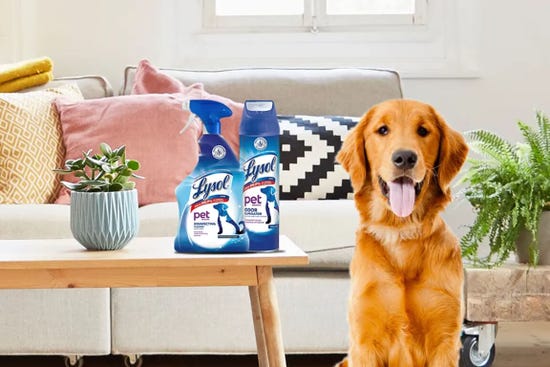
Healthy Habits for Kids in the Classroom
The only way for students to form healthy habits is by doing healthy things every day. This K-1 lesson helps students focus on the need to repeat healthy behaviors often and brainstorm ways to incorporate healthy habits in their daily routine.

Goals and Skills
Children Will:
- Discuss and define the word "habit"
- Develop a list of healthy and unhealthy habit
- Use art materials to express an idea
Supplies and Preparation:
- Bulletin board
- Brown and red construction paper
- Plain white paper
- Art supplies (markers, crayons, glue sticks, scissors)
- Stapler
- Optional: Sliced apples
Instruction Steps
1. Prepare in Advance.
Create a simple paper tree out of construction or craft paper and put it on your bulletin board. Cut out apple shapes from red construction paper. Or, draw the apple shape on red paper and let students cut out their own apples to practice scissor skills. (The “apple shape” can be a simple circle.)

2. Explain and Discuss.
Tell students you’re going to make a “Healthy Habits Tree” together. Begin by talking about the word “habit” and how a habit is something you do every day, or at least regularly. Together as a class, brainstorm ideas of healthy habits, such as brushing teeth, washing hands, drinking milk, and so on.
Use high frequency words and follow similar sentence structure. For example: I brush my teeth; I wash my hands; I drink milk. If students are able, have them practice writing their own healthy habit sentences.
Write a list of ideas on the board or chart paper, under the headline “Healthy Habits.” Now, ask students to name some unhealthy habits, like not washing hands after going to the bathroom or eating lots of candy. They’ll have fun with this!
3. Draw Healthy Habits.
Give students white paper to fit inside the apple shape, plus markers or crayons. Have them draw a picture that shows them doing one of the healthy things on the list. Help them glue the finished drawings to their apples and then staple them onto the tree.

4. A Healthy Habit: Handwashing.
Have students wash hands with soap and water, after modeling how it’s done properly:
- Wet your hands with clean, running water.
- Apply soap and rub into a lather, covering both hands and in between fingers.
- Keep scrubbing your hands for at least 20 seconds (you can hum the “Happy Birthday” song twice).
- Rinse your hands with clean, running water.
- Dry your hands.
Go over the health implications and risks of washing or not washing hands. Explain that washing their hands after using the bathroom, after playing, before eating, and touching their face, will keep them healthy. By washing their hands they will keep germs (or “cooties”) away.
5. Reflect.
When all hands are clean, you can serve a healthy snack or hand out a prize as a reward. Look at everyone’s drawings on the “Healthy Habits Tree.” Have students name the healthy habit each drawing illustrates. Add a label to each drawing as children identify the habit. The class can add new healthy habits as they think of them.
6. Extend the Lesson.
Share an apple snack with students—making sure they wash hands first! Talk about the health benefits of apples and other fruits and vegetables (such as energy, vitamins, nutrients—things that give our bodies what we need to play, grow, and feel our best).
See how many different words the class can come up with to describe the taste, look, feel, smell, and sound of apples. Feature a new fruit or vegetable each week and repeat the exercise to practice vocabulary while building healthy habits.
Explore More Lesson Plans
Related Articles
DISCLAIMER:
Healthy Habits® is Presented by Lysol® in collaboration with NEA and National PTA
(NHES) Health: 1.2.1, 7.2.1, 7.2.2; (CCSS) English Language Arts: RI.K-1.7, RF.K-1.3, W.K-1.2, SL.K-1.1; (NAEA) Visual Arts: VA.K-4.1
SOURCES:
Education Standards : (NHES) Health: 1.2.1, 7.2.1, 7.2.2; (CCSS) English Language Arts: RI.K-1.7, RF.K-1.3, W.K-1.2, SL.K-1.1; (NAEA) Visual Arts: VA.K-4.1
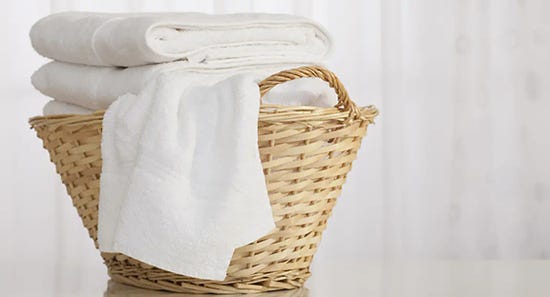
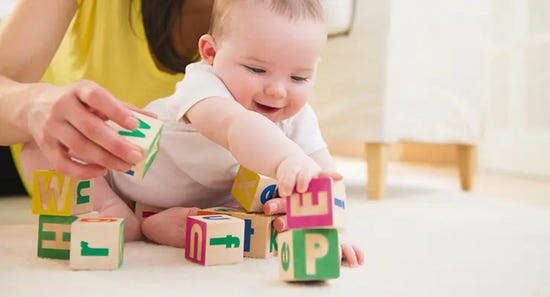
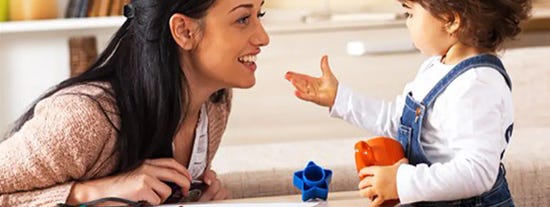

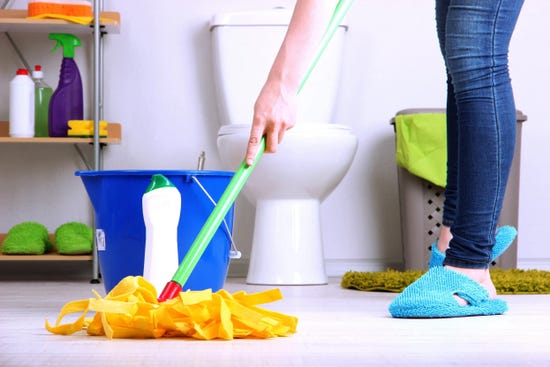
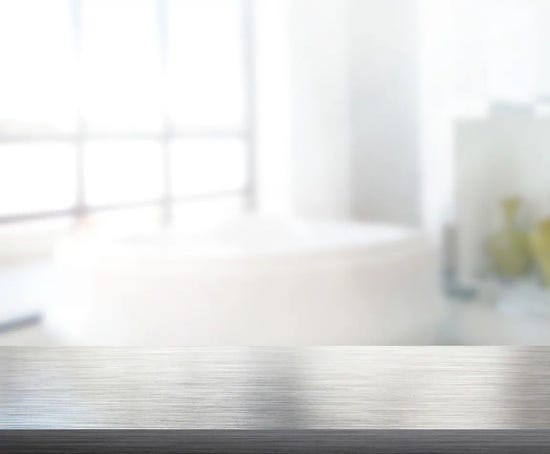

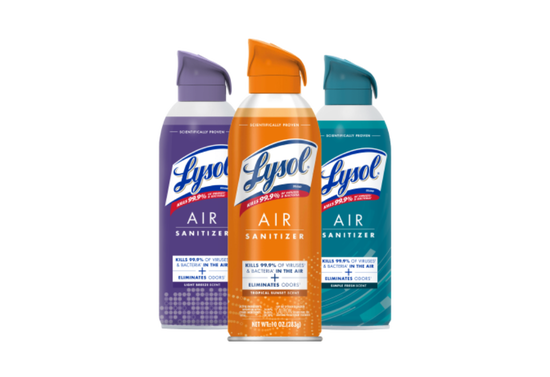
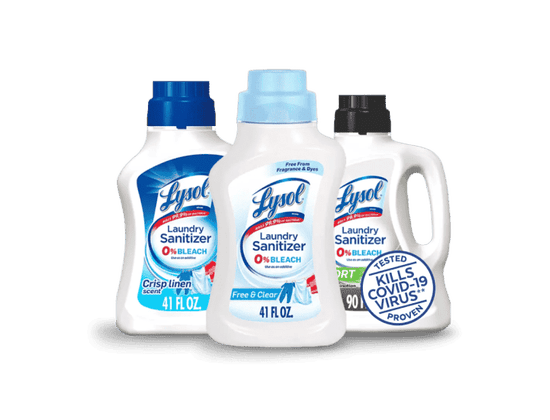
.png?width=550&height=377&format=png&quality=80)

.png?width=550&height=377&format=png&quality=80)
.png?width=550&height=420&format=png&quality=80)
.png?width=550&height=377&format=png&quality=80)
.png?width=550&height=377&format=png&quality=80)
